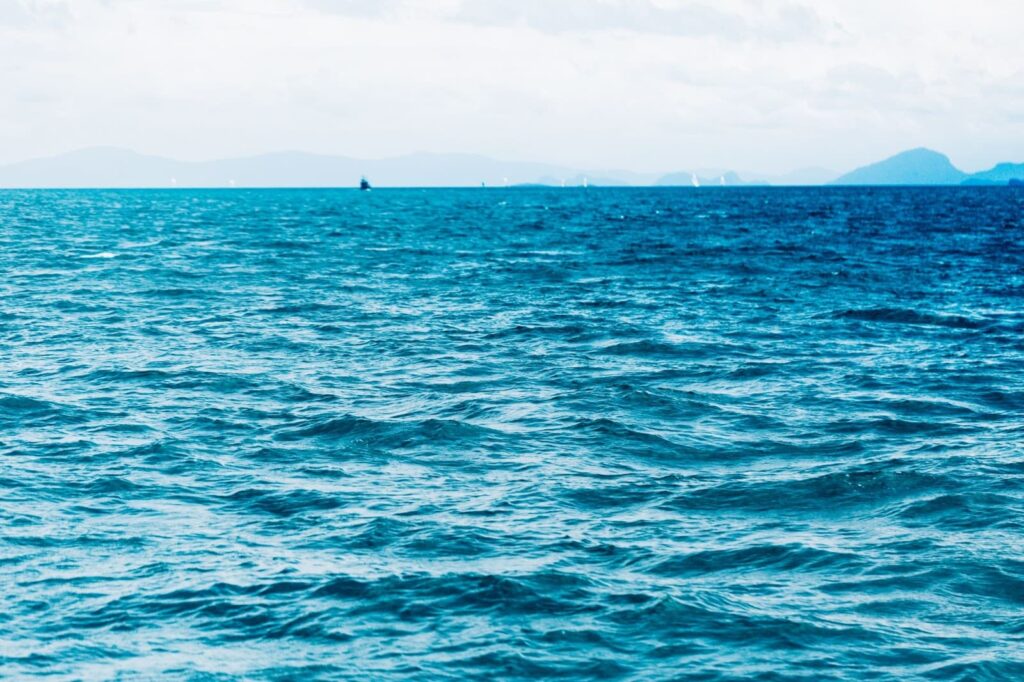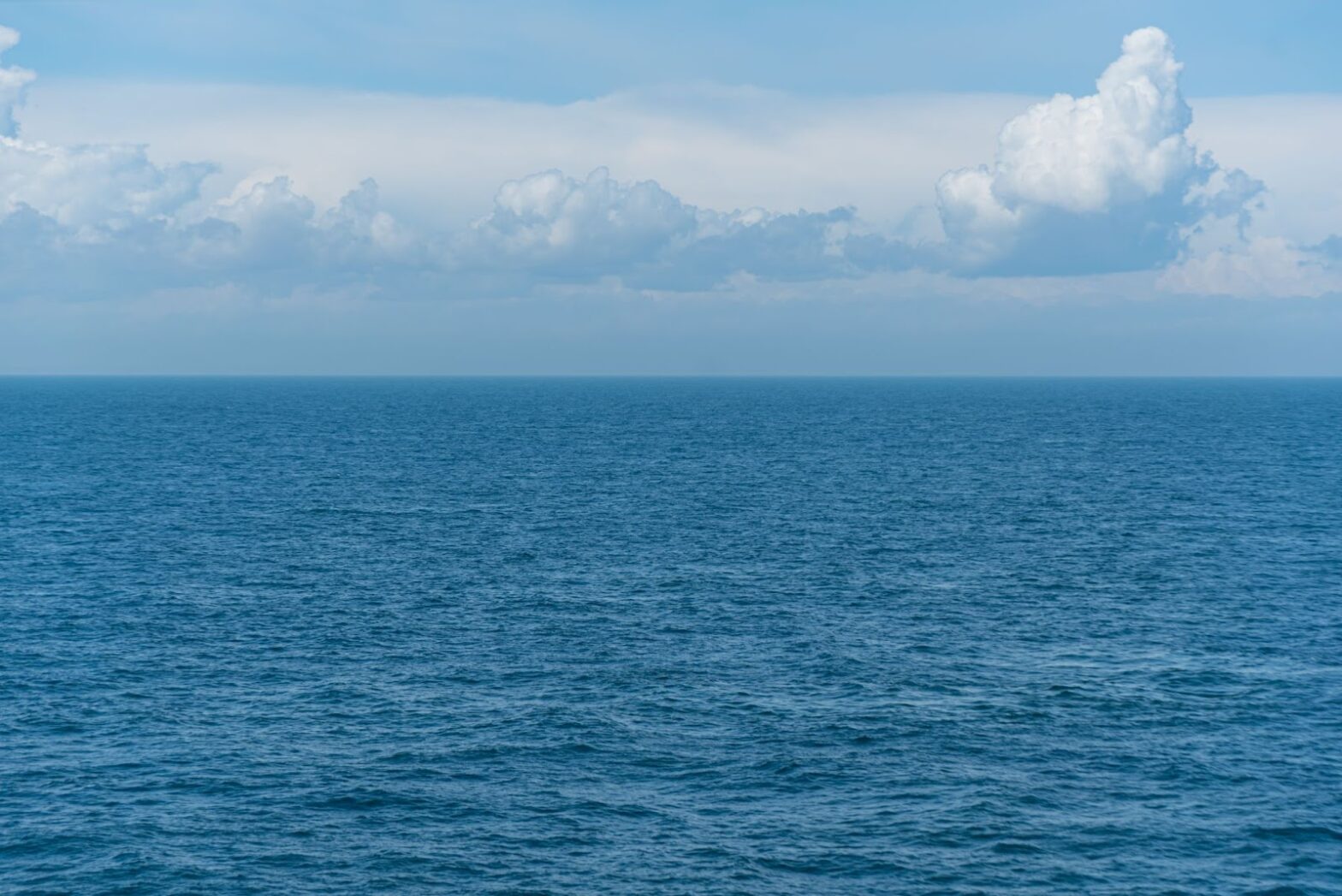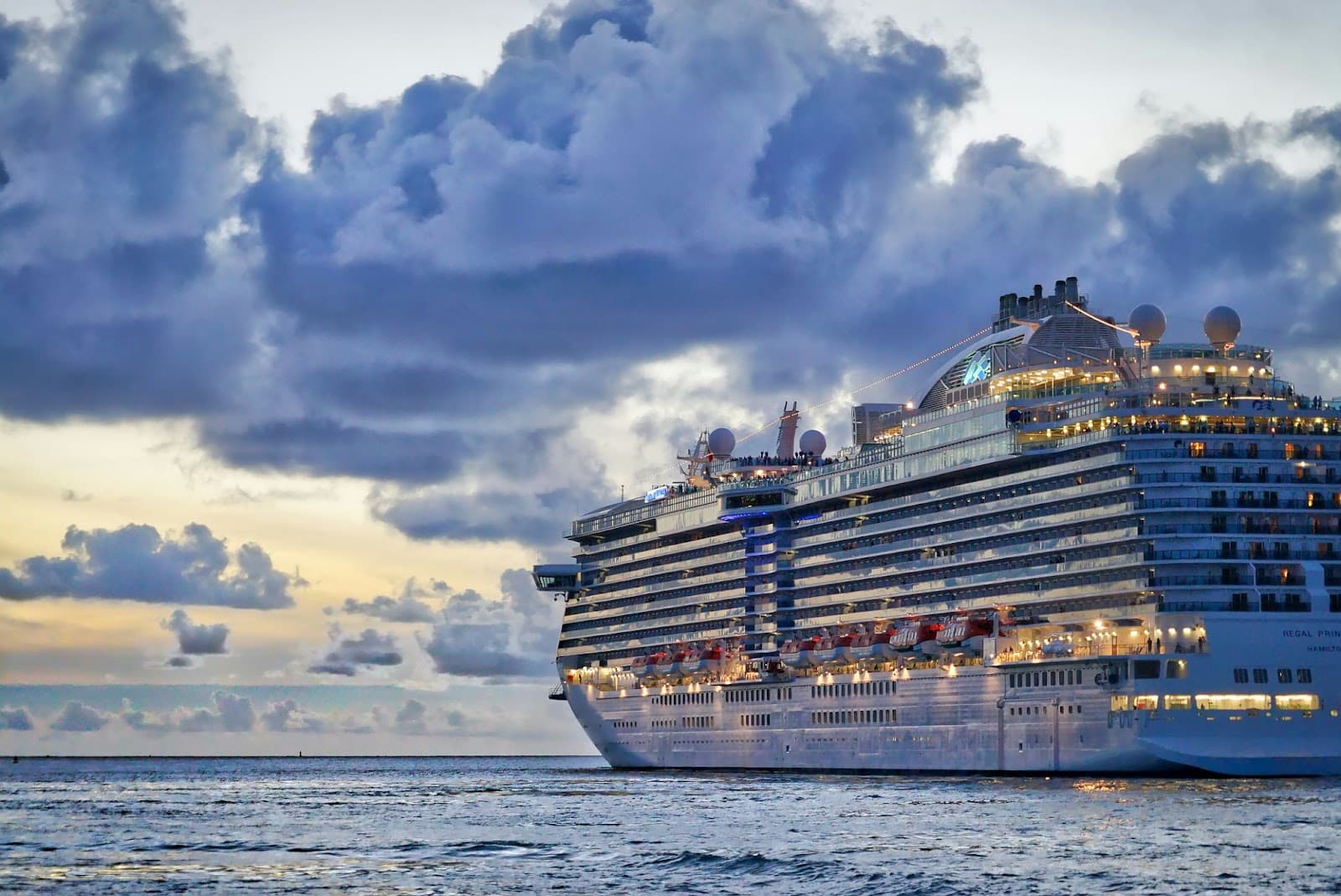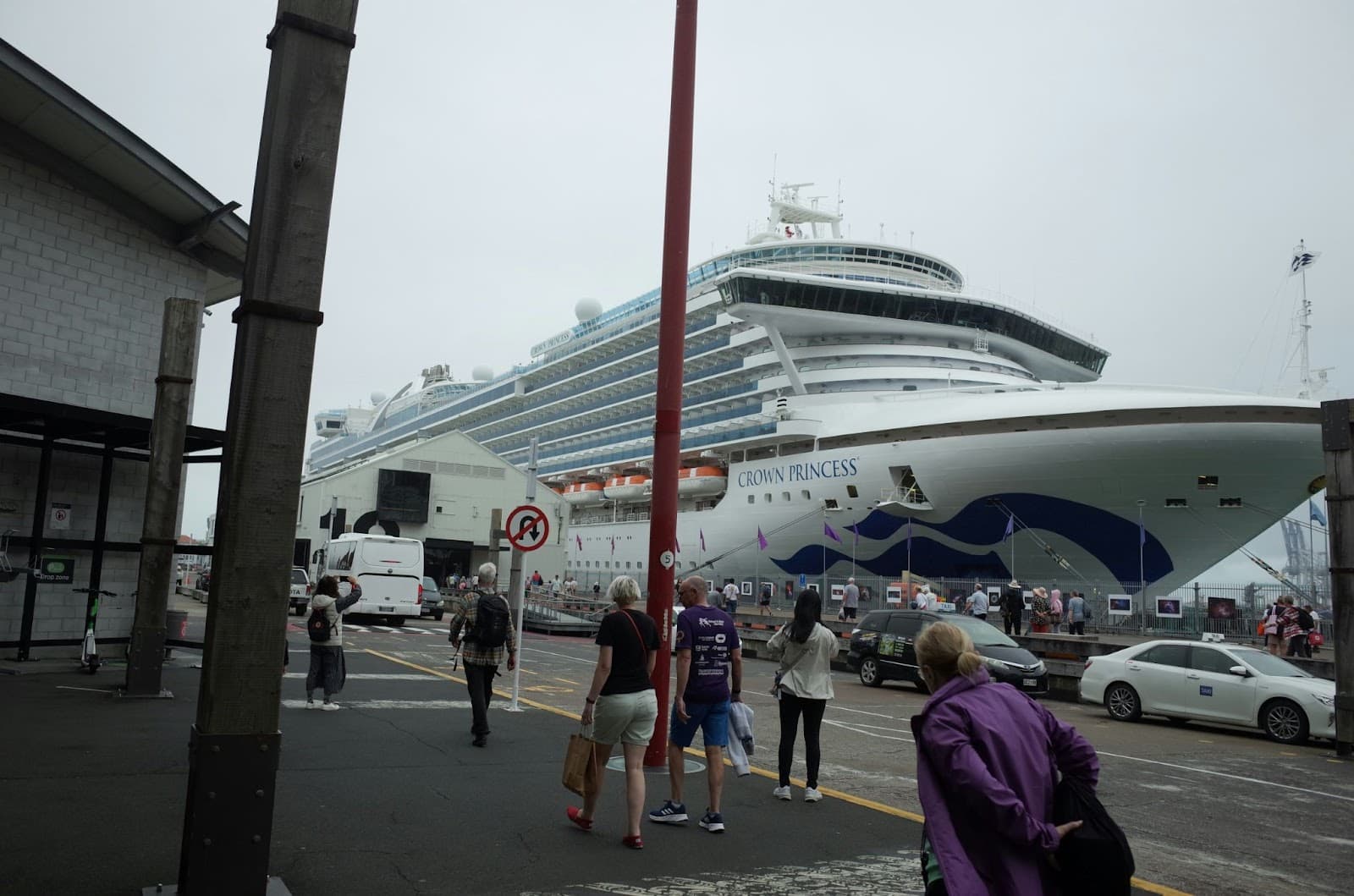Embark on a journey through time and tide as we delve into the captivating narrative of the Pacific Ocean—a vast expanse that has long beckoned explorers, navigators, and dreamers alike. From the moment European eyes beheld its shimmering waters in the early 16th century to the groundbreaking scientific endeavors that continue to unravel its mysteries today, the history of the Pacific Ocean is a tapestry woven with tales of courage, discovery, and profound human connection. Join us as we navigate the currents of exploration, cultural exchange, and ecological diversity that have shaped this awe-inspiring realm, offering insights into its enduring significance and the boundless wonders that lie beneath its tranquil surface.
Exploring the Vast Expanse: Unveiling the Rich History of the Pacific Ocean
Discovering the Blue Horizon:
In the dawn of the 16th century, the Pacific Ocean emerged as a marvel to European explorers, unveiling a realm of vastness and mystery. Among the pioneers was Vasco Núñez de Balboa, whose awe-inspiring gaze fell upon the Pacific’s tranquil waters in 1513, an encounter that marked the beginning of a profound chapter in maritime history. Known as Mar Del Sur, or the Southern Sea, Balboa’s christening echoed through the annals of exploration, heralding the dawn of a new era.
From the Icy Shores to Tropical Isles:
Ferdinand Magellan, the intrepid Portuguese navigator, embarked on an unprecedented voyage in 1521, etching his name into the fabric of maritime lore. As Magellan’s expedition circumnavigated the globe, he encountered the majestic expanse of the Pacific, bestowing upon it the evocative title of Mar Pacifico, translating to the tranquil and serene sea. This epithet, resonant with tranquility, captured the essence of the ocean’s vast horizons and serene waters, forever immortalizing its name in the annals of history.
Measuring the Boundless Blue:
The quest to comprehend the Pacific’s sheer enormity and expanse spurred scientific inquiry, culminating in a momentous milestone in 1768. Pierre-Antoine Véron, a visionary explorer, undertook the monumental task of accurately measuring the ocean’s width. His pioneering efforts not only provided invaluable insights into the ocean’s dimensions but also unlocked a deeper understanding of Earth’s geography and the interconnectedness of its vast waterways.
Insights and Revelations:
- Exploration as Catalyst: The discovery of the Pacific Ocean ignited an age of exploration, reshaping global perceptions and sparking a fervent quest for knowledge and adventure;
- Cultural Significance: Balboa and Magellan’s encounters with the Pacific Ocean not only expanded geographical knowledge but also influenced cultural exchanges and maritime trade routes, fostering connections between distant civilizations;
- Environmental Diversity: The Pacific Ocean’s vast expanse encompasses a kaleidoscope of ecosystems, ranging from polar regions to tropical paradises, harboring unparalleled biodiversity and ecological wonders;
- Navigational Challenges: Despite its tranquil moniker, the Pacific poses formidable challenges to sailors and explorers, with its unpredictable weather patterns and vast distances testing the limits of human ingenuity and courage;
- Scientific Endeavors: Véron’s pioneering measurements of the Pacific Ocean laid the groundwork for future scientific exploration, inspiring generations of researchers to unravel the ocean’s mysteries and delve deeper into the dynamics of our planet’s interconnected systems.
Exploring the Vastness of the Pacific Ocean
Spanning a breathtaking expanse from the Arctic Circle in the north to the icy reaches of Antarctica in the south, the Pacific Ocean stands as a colossal divider, separating the continents of North and South America from the vast landmasses of Australia and Asia. Encompassing a staggering width of approximately 12,300 miles, a journey from Colombia to Indonesia would merely scratch the surface of its immense breadth, an astonishing fact as it spans halfway across the globe, dwarfing even the moon in comparison.
Key Features:
- Geological Dynamics: Beneath its shimmering surface lies a realm of geological activity, where tectonic plates relentlessly shape the ocean floor. The Pacific Ocean experiences perpetual shifts, with the movement of these plates causing the ocean to contract by about an inch annually on three of its sides;
- Ring of Fire: Along its fringes, the Pacific Ocean boasts the awe-inspiring spectacle of the “Ring of Fire,” Earth’s most extensive belt of volcanic activity. This fiery arc, comprised of a staggering 452 volcanoes, bears witness to the relentless forces sculpting our planet’s surface;
- Seas and Connections: Embracing the western rim of the Pacific are numerous seas, each with its own unique character and ecosystems. From the azure depths of the Sulu Sea to the teeming marine life of the Celebes Sea, these bodies of water enrich the tapestry of the Pacific. Moreover, the Pacific Ocean is intricately connected to other bodies of water, such as the Arctic Ocean via the Bering Strait, the Atlantic Ocean through the Strait of Magellan and Drake Passage, and the Indian Ocean via the Strait of Malacca, facilitating global maritime trade and exchange.
Oceanic Magnitude:
- Water Volume: The Pacific Ocean reigns supreme as the largest body of water on Earth, commanding a staggering 50.1% of the planet’s oceanic expanse. Its vastness encompasses a mind-boggling 680 million cubic miles of water, a testament to the sheer scale of this aquatic colossus;
- Temperature Variability: From the frigid chill of polar waters, hovering around a bone-chilling 29.5°F, to the balmy embrace of equatorial currents, where temperatures soar to a toasty 86°F, the Pacific Ocean offers a spectrum of climates that shape its diverse ecosystems;
- Salinity Gradients: The salinity of the Pacific Ocean exhibits a fascinating gradient, with southeastern regions boasting the highest salt concentrations, while northern expanses are characterized by comparatively lower salinity levels. This delicate balance of salt content influences oceanic currents, marine life distribution, and weather patterns, shaping the dynamic tapestry of life within its waters.
Unlocking the Economic Potential of the Pacific Ocean
The vast expanse of the Pacific Ocean serves as a treasure trove of economic opportunities for countries bordering its shores. From the extraction of valuable natural resources to the flourishing fishing industry, the economic activities in the Pacific Ocean contribute significantly to the global economy. Let’s delve deeper into the diverse economic endeavors flourishing in this expansive marine ecosystem:

1. Resource Extraction:
- Natural Gas and Petroleum: In the shallow waters surrounding Australia and New Zealand, extensive operations extract natural gas and petroleum, fueling industries and economies worldwide. These resources are pivotal in meeting energy demands and driving economic growth;
- Pearl Harvesting: Along the coastlines of various countries including the Philippines, Panama, Australia, Japan, Nicaragua, and New Guinea, pearl farms flourish. These lustrous gems not only hold cultural significance but also serve as lucrative exports, fetching substantial revenue for the nations involved.
2. Thriving Fishing Industry:
- Abundant Marine Life: The Pacific Ocean boasts rich biodiversity, harboring a myriad of fish species in its shallow waters. This abundance includes shellfish, salmon, herring, and swordfish, among others, making it a hotspot for fishing activities;
- Challenges of Over-fishing: Despite its bounty, over-fishing poses a significant threat to the delicate ecological balance of the Pacific Ocean. Unregulated fishing practices in some regions have led to depletion of fish stocks, endangering marine ecosystems and livelihoods dependent on sustainable fisheries.
Sustainable Practices and Conservation Efforts:
- Implementing Fishing Regulations: Governments and organizations are increasingly recognizing the importance of implementing stringent fishing regulations to combat over-fishing. Measures such as catch quotas, marine protected areas, and seasonal fishing bans are being employed to ensure the long-term sustainability of fish stocks;
- Promoting Aquaculture: Embracing aquaculture practices can alleviate pressure on wild fish populations while meeting the growing demand for seafood. Sustainable aquaculture operations offer an alternative source of fish and shellfish, reducing reliance on wild-caught species;
- Investing in Ocean Conservation: Collaborative efforts are underway to preserve the fragile marine ecosystems of the Pacific Ocean. Initiatives include habitat restoration projects, marine pollution mitigation strategies, and the establishment of marine reserves to safeguard biodiversity and ecosystem health.
Exploring New Frontiers:
- Emerging Industries: Beyond traditional economic activities, the Pacific Ocean presents opportunities for emerging industries such as marine biotechnology, renewable energy generation, and deep-sea mining. Harnessing these nascent sectors could unlock new avenues for economic growth and innovation;
- Technological Advancements: Advances in technology, including remote sensing, autonomous underwater vehicles, and genetic research, are revolutionizing our understanding of the ocean and its potential. These innovations are driving exploration and discovery, opening up possibilities for sustainable exploitation of marine resources.
Conclusion
In conclusion, the Pacific Ocean stands as a testament to the awe-inspiring grandeur of nature, encompassing vast expanses of water that dwarf the landmasses they border. Its significance in shaping the geography and ecosystems of four continents cannot be overstated. With its division into the North and South Pacific, and the profound depths of the Mariana Trench, the Pacific Ocean remains an emblem of the majesty and mysteries that lie within our planet’s oceans.



